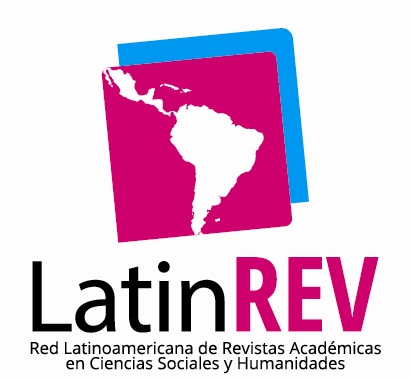The literary gallery of José María Eguren
DOI:
https://doi.org/10.24039/rcvp2023211677Keywords:
Symbolist literature, literary art gallery, pictorial-literary collection, Eguren and literary art gallery, modernist cosmopolitanismAbstract
The following investigation had the objective to depict the composition and structure of José María Eguren’s (1874-1942) art gallery. By means of the abductive method, it has located the data of the least observed and explained artistic space by the literary criticism. It is hypothesized that the art verbal support shows the symbolist trait in an internal way; whereas, in the external side, it reveals Eguren’s artistic-cultural identity. As a result, the examination
of Eguren’s artistic-poetic texture detected the names of four painters: Watteau, Van Dyck, Goya and Doré; in Motivos, his prose work, 36 painters: fourteen
from the XV-XVII century and twenty-two from the XIX and first half of the XX century. Among them, standing out by the times they were mentioned, we have Rafael, Leonardo, Botticelli, Velázquez, Goya, Moreau, and Chagall. Among the few paintings titles the poet mentions: El pelele, Santa Cecilia, La
Gioconda, Leda, Las gracias, La encajera, Venecia, Salomé and Los caballos de Chagall. Eguren’s art gallery, exclusively European, does not include Peruvian
or Latin American work nor painters.
Downloads
Published
How to Cite
Issue
Section
License
Copyright (c) 2023 Francisca Elsa Tapia Paredes

This work is licensed under a Creative Commons Attribution-NonCommercial-ShareAlike 4.0 International License.
Eres libre de
- Compartir : copiar y redistribuir el material en cualquier medio o formato.
- Adaptar : remezclar, transformar y construir sobre el material.
El licenciante no puede revocar estas libertades siempre que cumpla con los términos de la licencia.
Bajo los siguientes términos:
- Atribución : debe dar el crédito apropiado , proporcionar un enlace a la licencia e indicar si se realizaron cambios . Puede hacerlo de cualquier manera razonable, pero no de ninguna manera que sugiera que el licenciante lo respalda a usted o su uso.
- No comercial : no puede utilizar el material con fines comerciales .
- CompartirIgual : si remezclas, transformas o construyes a partir del material, debes distribuir tus contribuciones bajo la misma licencia que el original.
- Sin restricciones adicionales : no puede aplicar términos legales ni medidas tecnológicas que restrinjan legalmente a otros hacer cualquier cosa que la licencia permita.
Avisos:
- No tiene que cumplir con la licencia para elementos del material que sean de dominio público o donde su uso esté permitido por una excepción o limitación aplicable.
- No se dan garantías. Es posible que la licencia no le otorgue todos los permisos necesarios para el uso previsto. Por ejemplo, otros derechos como publicidad, privacidad o derechos morales pueden limitar la forma en que utiliza el material.












